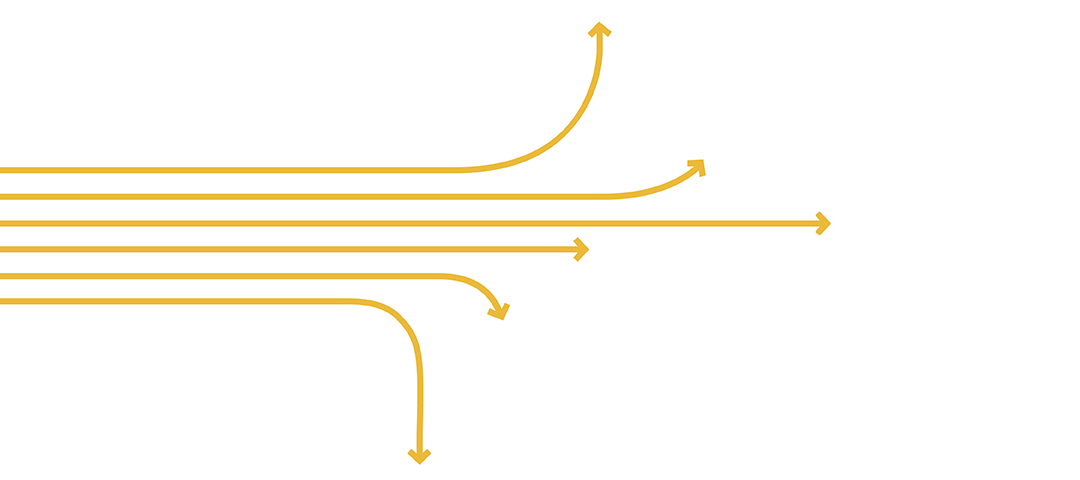The Future of Asia: Forces of Change and Potential Surprises – Supplementary Report

Rapid Growth of South-South Trade may Reshape Global and Regional Trading Bloc
On this page
What is it?
Why is it important?
References
What is it?
In 2013, China surpassed the U.S. to become the largest trading country in the world.1 Within the BRICS (Brazil, Russia, India, China and South Africa), Brazil and China are now the main trading partners and have agreed to a currency swap, distancing themselves from the U.S. dollar.2 South-South trade (trade between developing countries) is crystalizing into a robust trend as the middle classes of emerging countries rise and regional integration strengthens. The Asia-Pacific region has witnessed a proliferation of bilateral free trade agreements (FTAs), and with the impending implementation of both the Trans Pacific Partnership and Regional Comprehensive Economic Partnership, the next decade will likely see new trading blocs emerge, including or excluding developed countries. However, these “mega FTAs” could create distinctive regional spheres with their own set of rules that ultimately stifle world trade by competing with one another.3
Why is it important?
These changes will also impact the “North”. The huge and attractive markets of Asian countries – even more so if trade is liberalized – may cause the disruption of current blocs like the European Union and the North America Free Trade Agreement. The U.S. trade balance sheet shows that China has surpassed Mexico’s volume of trade and is zeroing in on Canada’s privileged spot.4 South Korea trades more with the U.S. than the United Kingdom does. For Europe, the opening of the Arctic sea route and the Silk Railroad currently stretching from southwest China to Germany will facilitate trade with Asia.5 6 According to projections, Germany’s fastest growing exports and imports will be with India, China, South Korea and Vietnam. China may also overtake France and the Netherlands as Germany’s main trading partner.7 8
Up to now, global trade has mostly revolved around Western economies and has been administered by international institutions that embrace Western ideologies. As Asian countries increase their share of global trade and new blocs are formed, such as the Trans-Pacific Partnership and Regional Comprehensive Economic Partnership, there will likely be changes to the governance of international trade and financial systems. This shift has already started: in recent years, we have entered the G20 era, in which the larger forum has taken precedence over the G8.9 Other alterations are to be expected in the next decade, and international institutions that govern the rules of trade like the World Trade Organization10 may be undermined by new initiatives in which Asia has a stronger voice.
References
- “China Eclipses U.S. as Biggest Trading Nation.” Bloomberg News. February 2013. http://www.bloomberg.com/news/2013-02-09/china-passes-u-s-to-become-the-world-s-biggest-trading-nation.html(link is external)
- Rapoza, K. “Dollar Wary Brazil and China Sign Currency Pact.” Forbes.com. June 2012. http://www.forbes.com/sites/kenrapoza/2012/06/23/dollar-wary-brazil-and-china-sign-currency-pact/(link is external)
- Kawai, M. & Wignaraja, G. “Asian FTAs: Trends, Prospects, and Challenges.” Asian Development Bank. October 2010. http://www.adb.org/publications/asian-ftas-trends-prospects-and-challenges(link is external)
- United States Census Bureau. “Top Trading Partners – September 2013.” United States Government. September 2013. http://www.census.gov/foreign-trade/statistics/highlights/top/top1309yr.html(link is external)
- Roberts, D. et al. “The Silk Railroad of China-Europe Trade.” Bloomberg Business Week. December 2012. http://www.businessweek.com/articles/2012-12-20/the-silk-railroad-of-china-europe-trade(link is external)
- Byers, M. “How the Arctic Ocean could transform world trade.” Aljazeera. August 2013. http://www.aljazeera.com/indepth/opinion/2013/08/201382273357893832.html(link is external)
- Parello-Plesner, J. & Kundnani, H. “China and Germany: a new special relationship?” European Council on Foreign Relations. May 2012. http://ecfr.eu/content/entry/China_and_Germany_a_new_special_relationship(link is external)
- Yao, K. & Rinke, A. “China sees trade with Germany near doubling by 2015.” Reuters. April 2012. http://www.reuters.com/article/2012/04/23/us-germany-china-idUSBRE83L08D20120423(link is external)
- Cooper, A. “The G8 in the Era of the G20.” G8 Centre, University of Toronto. June 2013. http://www.g8.utoronto.ca/conferences/2013/cooper.html(link is external)
- Draper, P. “Can the WTO still change the rules of trade?” World Economic Forum. August 2012. http://forumblog.org/2012/08/can-the-wto-still-change-the-rules-of-trade/